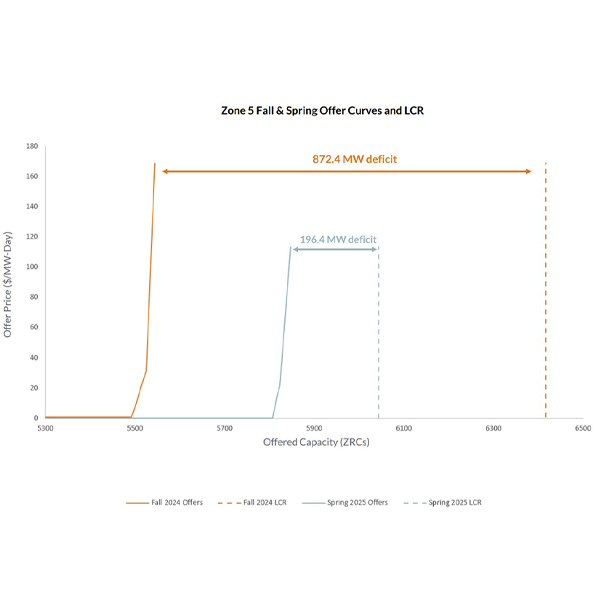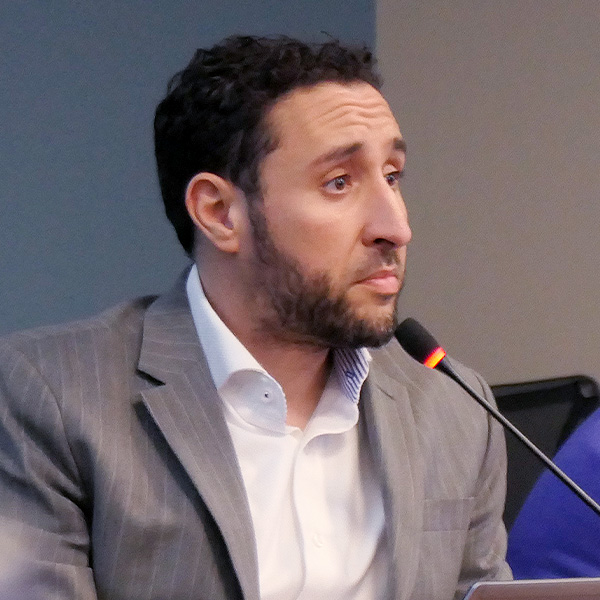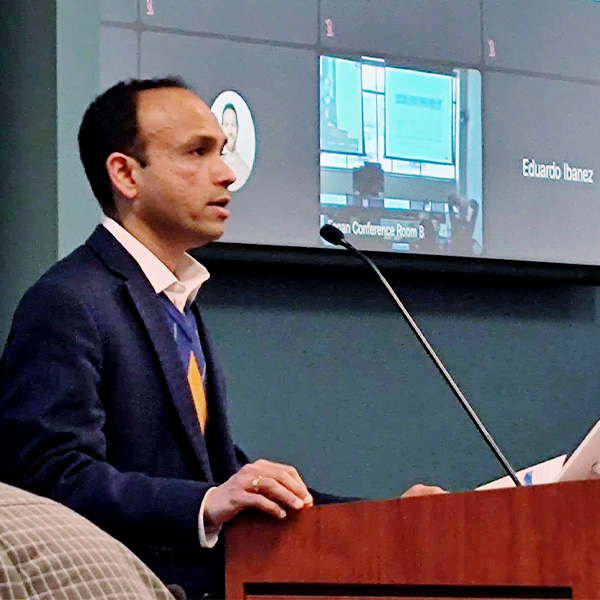MISO Resource Adequacy Subcommittee (RASC)
As it gears up to run its first auctions using sloped demand curves, MISO said prices and procurement would have risen had it used them in this year’s auctions.
A renewable energy trade group asked MISO to put more thought into how HVDC transmission’s ability to infuse the footprint with more external capacity could influence MISO’s capacity auctions.
MISO said it will likely split load-modifying resource participation into two options in an effort to line up their true contributions with accreditation.
Because of resource adequacy risks, MISO may need to place tougher requirements on load-modifying resources and devise new, nonemergency means to use load offsets that can't meet new standards.
MISO is determined to file with FERC by the end of March to introduce a probabilistic capacity accreditation that’s controversial among its stakeholders.
MISO said it has landed on a final design in its quest to move to a sweeping capacity accreditation that will better measure generators’ availability based on predetermined risky hours.
MISO won’t place conditions on either queue entrants or generation retirements in its quest to maintain system reliability by prescribing generating attributes.
MISO Continues to Find Mounting Retirements, Inadequate New Capacity in Abridged Resource Assessment
MISO again found planned generation retirements continue to outstrip additions in its third annual Regional Resource Assessment
MISO said it will push back a contentious filing for a new, marginal approach to capacity accreditation into early next year.
Stakeholders remain frustrated with MISO’s plan to enact a marginal capacity accreditation as staff insist that the approach will measure the true value of capacity.
Want more? Advanced Search









